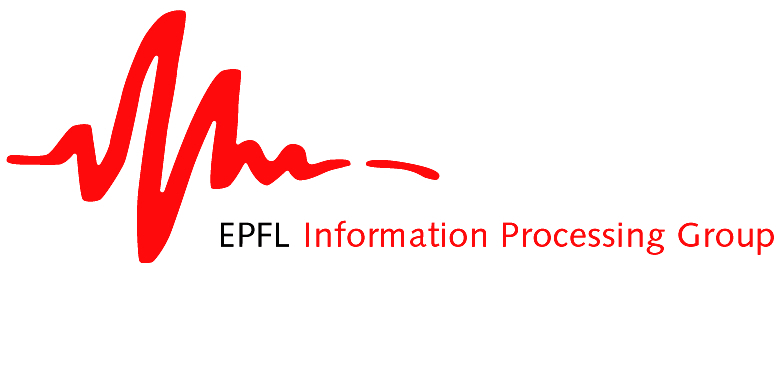The Information Processing Group is concerned with fundamental issues in the area of communications, in particular coding and information theory along with their applications in different areas. Information theory establishes the limits of communications – what is achievable and what is not. Coding theory tries to devise low-complexity schemes that approach these limits. The group is composed of five laboratories: Communication Theory Laboratory (LTHC), Information Theory Laboratory (LTHI), Information in Networked Systems Laboratory (LINX), Mathematics of Information Laboratory (MIL), and Statistical Mechanics of Inference in Large Systems Laboratory (SMILS).
